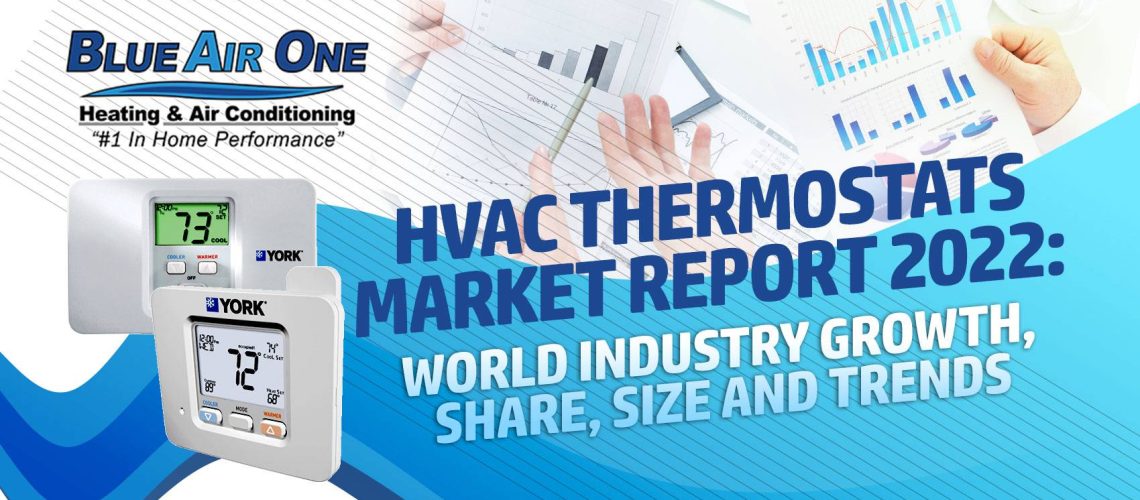Through the years, there has been a substantial increase in the installation of advanced home technologies including smart thermostats. And it’s no surprise the thermostat global market value hit US$ 1.1 billion in 2017. Looking forward, the market growth is expected to reach $2.21billion sales by 2022, according to Grand View Research, Inc.
Menu
HVAC Thermostats Market Report 2022: World Industry Growth, Share, Size and Trends
Facebook
Twitter
LinkedIn
Pinterest
When you choose us, you can expect the expert service you need so you can have peace of mind knowing that your system will work properly for many years to come. Contact us at 908-275-3953 to learn more about our products and services.
LIC#NJ13VH05557400
Marcel Majernik
License Number: 19HC00122900
CONTACT OUR HVAC TEAM IN LINDEN, NJ
HAVE A QUESTION ABOUT BLUE AIR ONE, OR WANT O USE OUR SERVICES? CALL US TODAY!
508 W. Elizabeth Ave, Linden, NJ 07036
2024 Blue Air One Inc. All Rights Reserved. | Privacy Policy
Powered by: Cornerstone Marketing Solutions




